Optimal Timing for Field Brush Hoggings
Field brush hogging is a critical maintenance activity that involves clearing overgrown vegetation, invasive species, and dense brush from agricultural or rural land. Proper timing ensures effective removal, minimizes environmental impact, and prepares the land for future use such as planting or grazing.
Late winter and early spring are ideal times for field brush hogging because vegetation is typically dormant, reducing regrowth and soil disturbance.
Dry weather is preferable to prevent soil compaction and ensure equipment operates efficiently. Avoid hogging during or immediately after heavy rains.
Performing hogging before the growing season can prevent invasive species from spreading and promote healthy regrowth of desirable plants.
Frequency varies depending on land use; for example, grazing land may require annual hogging, while conservation areas might need less frequent maintenance.
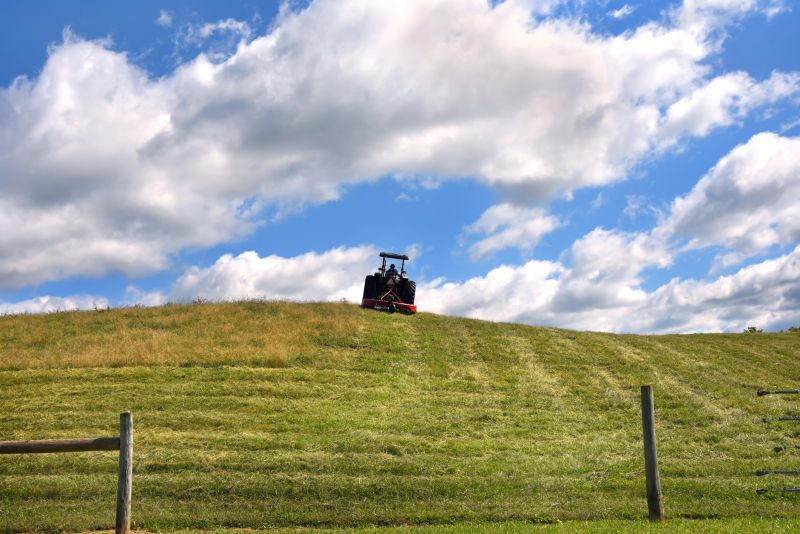
Spring is a popular time for hogging to prepare land for planting or grazing.
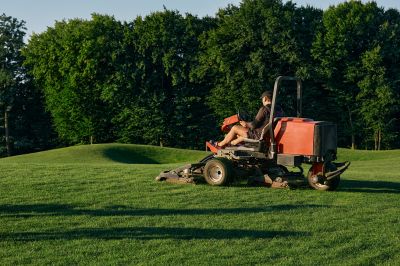
Late winter offers an opportunity to clear brush when vegetation is dormant.

Summer hogging helps control aggressive invasive species during peak growth periods.

Ways to make Field Brush Hoggings work in tight or awkward layouts.
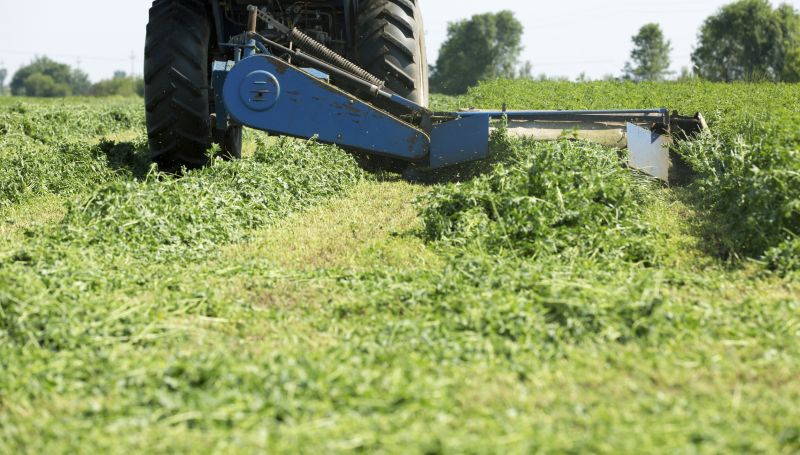
Popular materials for Field Brush Hoggings and why they hold up over time.

Simple add-ons that improve Field Brush Hoggings without blowing the budget.
| Season | Best Practices |
|---|---|
| Late Winter | Perform hogging before new growth begins, ideal for dormant vegetation. |
| Spring | Prepare land early for planting, ensure soil is dry and firm. |
| Summer | Control invasive species during active growth, monitor for wildlife. |
| Fall | Limited use, suitable for clearing after harvest or before winter dormancy. |
| Winter | Ideal for dormant vegetation, minimizes soil disturbance. |
Field brush hogging is a vital land management practice that enhances land usability, controls invasive species, and promotes healthy vegetation growth. The timing of hogging activities should align with seasonal weather patterns, vegetation cycles, and land use goals. Properly scheduled hogging can lead to more efficient land maintenance, reduced invasive spread, and improved land health.
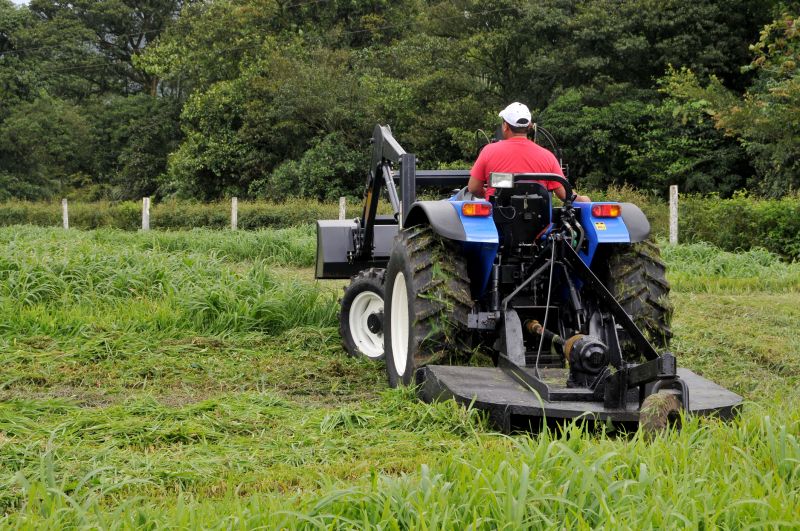
Dense brush and invasive plants in need of clearing.
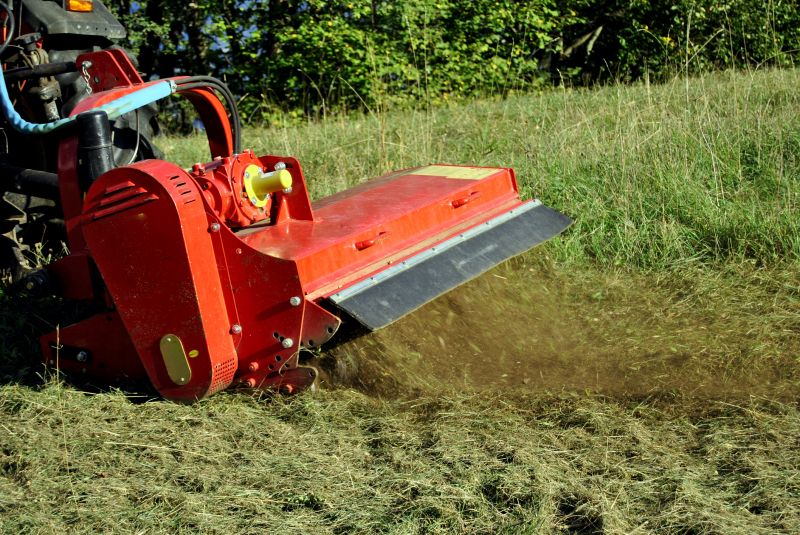
Machinery clearing dense vegetation efficiently.
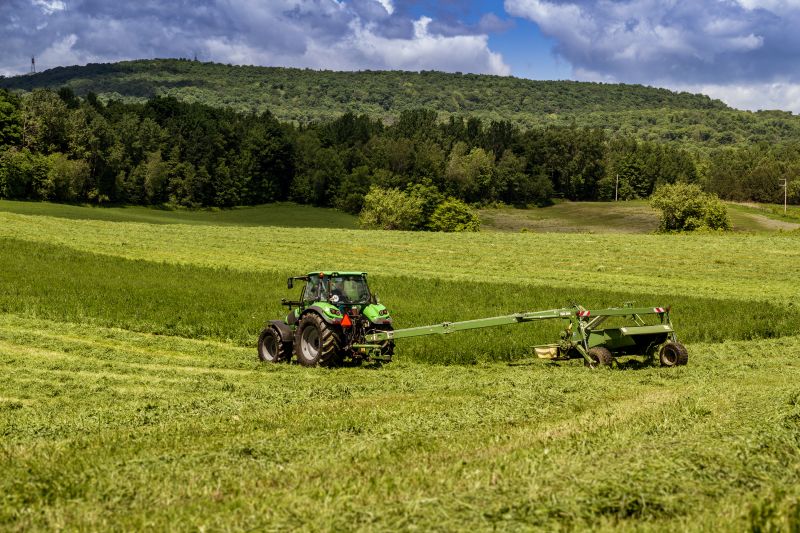
Prepared and clean land ready for next use.
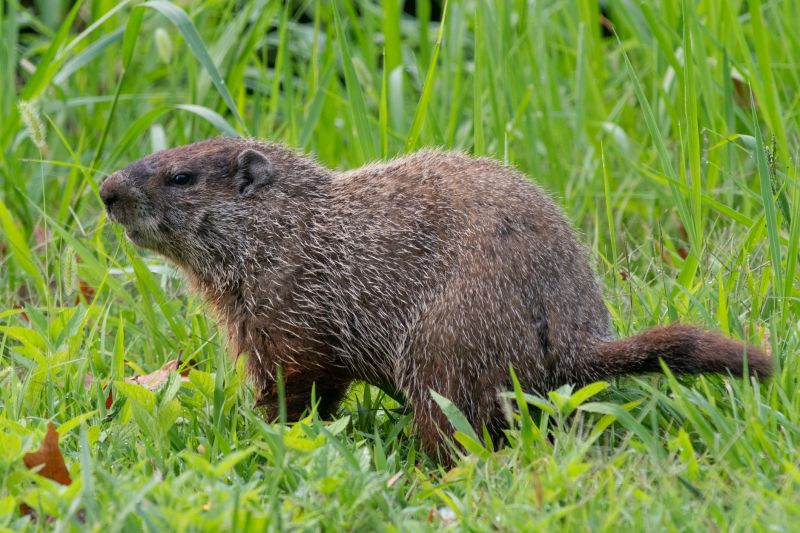
Areas where habitat preservation is important during hogging.

High-end options that actually feel worth it for Field Brush Hoggings.
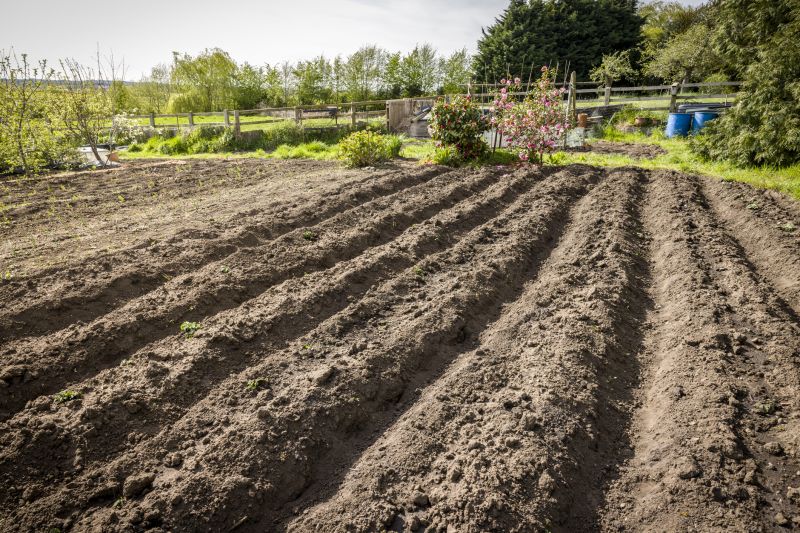
Finishes and colors that play nicely with Field Brush Hoggings.
Interested in scheduling a field brush hogging or seeking more information? Filling out the contact form can provide detailed guidance tailored to specific land conditions and management goals.
